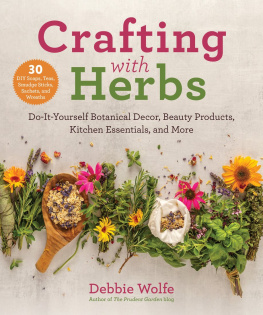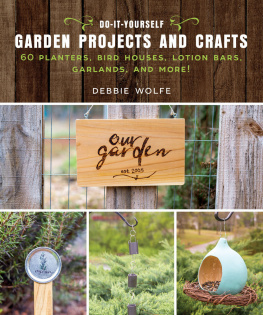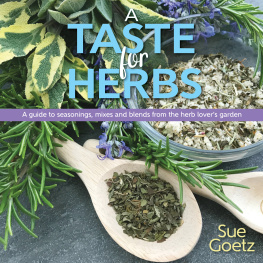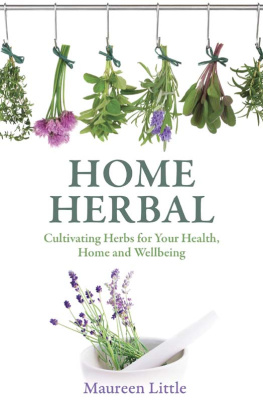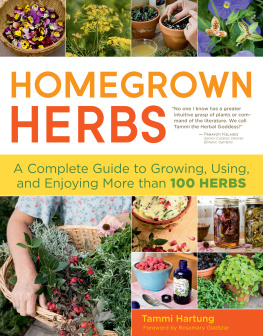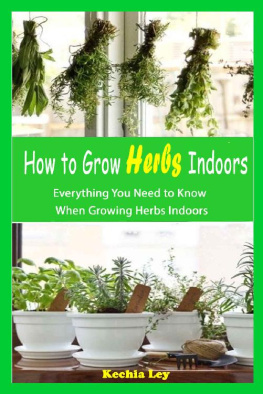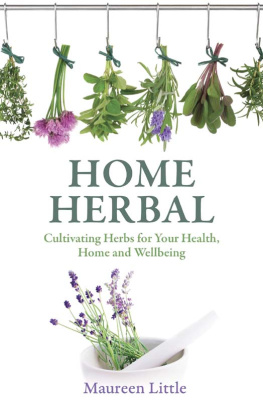

Copyright 2021 by Debbie Wolfe
Photos by Debbie Wolfe. Illustrations by Shutterstock.com.
All rights reserved. No part of this book may be reproduced in any manner without the express written consent of the publisher, except in the case of brief excerpts in critical reviews or articles. All inquiries should be addressed to Skyhorse Publishing, 307 West 36th Street, 11th Floor, New York, NY 10018.
Skyhorse Publishing books may be purchased in bulk at special discounts for sales promotion, corporate gifts, fund-raising, or educational purposes. Special editions can also be created to specifications. For details, contact the Special Sales Department, Skyhorse Publishing, 307 West 36th Street, 11th Floor, New York, NY 10018 or .
Skyhorse and Skyhorse Publishing are registered trademarks of Skyhorse Publishing, Inc., a Delaware corporation.
Visit our website at www.skyhorsepublishing.com.
10 9 8 7 6 5 4 3 2 1
Library of Congress Cataloging-in-Publication Data is available on file.
Cover design by Daniel Brount
Cover image by Debbie Wolfe
Print ISBN: 978-1-5107-6242-8
Ebook ISBN: 978-1-5107-6418-7
Printed in China
Contents

Introduction
I n its basic definition, an herb is a flowering plant that does not get woody stems. Mostly, herbs are known as plants that are valued for their medicinal properties, flavor, or scent. Most people are only aware of the culinary varieties such as basil, oregano, rosemary, and the like. Undoubtedly, herbs are best known for flavoring food, but theres so much more you can do with them, even beyond medical use.
Herbs produce an amazing scent, lovely flowers, and dry beautifully. My love for herbs came about due to their versatility; I use them not only in my food but in crafting. Growing herbs is what got me interested in gardening. Theyre easy to grow and are really resilientmany herbs will keep producing for you even if you ignore them.
Why craft with herbs? The short answer is because they are so easy to grow. Any budding gardener will soon be overrun with these prolific growers and will seek guidance on what to do with the mounds of mint that is taking over the yard. Like ornamental plants, herbs make lovely fillers for flower arrangements, and unlike ornamental plants, they can be helpful ingredients in DIY beauty and cleaning products. With herbs, you get the best of both worldsnatural beauty and practicality.
Crafting with Herbs is all about learning how to grow, prune, and harvest herbs, and how to create useful crafts that will beautify your home as well as DIY gifts to give from your garden.
I will give you an introduction to the wellness properties and a tad of history for each of the herbs I use, and step-by-step guidance through projects that will develop your love for herb crafting.

How to Grow Herbs
H erbs have long been revered for both their medicinal and culinary value. I grow herbs because they are easy. For the most part, you just plop them in the ground in a sunny location, water, and prune on occasionthats it. They thrive in just about any type of soil, do not require much fertilizer, and are not often bothered by insect or disease pests. Although there are some that can be finicky, overall they do not need much to be happy.
Know Your Zone
Herbs are both perennial and annual. Depending on your growing/hardiness zone, you may not be able to keep classic perennial herbs year after year. For example, rosemary is generally hardy in zones 8 and 9. Although there are some cultivars that survive in zone 7. I live in a zone 7 area and, in general, can keep rosemary year-round. Ive have had a few winters where its gotten cold enough to kill off my plants. Just because the plant tags say its a perennial herb, that doesnt mean you can grow it as one in your area. It all depends on your hardiness zone.
Once you know your zone, you can determine if you are growing herbs as annuals or perennials. This will help you know when to plant and how long it will last in your area. The good news is that herbs grow fast and propagate easily.
Sunlight
Most herbs thrive in full sun (six or more hours of direct sunlight per day). Some herbs will tolerate less light, but they wont grow as big and look as robust. Sun-loving plants that do not receive enough sunlight will end up leggy instead of lush and beautiful. If you are lacking sunlight in parts of your yard, plant them in a container and move it to a location where it gets plenty of sun.
Soil
The best thing about herbs is that they dont need great soil in order to thrive. They do, however, need well-drained soil. The soil needs to be somewhat light and easy to till. If your soil is heavy with a lot of clay (like mine), amend it by adding some sand, peat, or compost. However, dont get carried away with the compost! You dont want to make the soil too rich. Believe it or not, herbs arent into rich soil.
Try to keep the soil pH level neutral, at around 6.5 to 7. Herbs are generally forgiving when it comes to soil pH and can grow in soil that is slightly acidic or alkaline. For best results, they usually only need moderate fertilization.
Water
Most herbs have moderate watering requirements. In general, watering should be done when the soil feels dry to the touch. Some herbs, such as basil, like to be kept on the moist side. Others, such as lavender, need to have soil dry completely between watering. Make sure your herb garden is getting at least one inch of water per week and add or cut back watering depending on your herbs individual needs.

Pruning
If you want more herbs, you need to prune them. Herbs that go to flower will not produce more foliage. Pruning is good for your plants. It doesnt harm them or stunt their growth. For most plants, you want to prune early and prune often. Start pruning when your plants are still in their infant stages.
Pruning ensures optimal growth and a fuller, nicer shape. Never prune more than one-third of the plant. Any more than one-third, you wont have much plant left and it will look terrible. Even when you are cutting herbs to use for a project or recipe, it should be cut in the same manner.
To prune your herbs properly, follow these steps:
Disinfect your pruners or scissors. This will help keep any disease from spreading from plant to plant. Then locate an intersection of branches.
Make a clean cut just above the intersection. Repeat.

How to Dry Herbs

D rying your herbs will allow you to create a multitude of crafts year-round. Dried herbs are also stronger in scent and potency than fresh herbs because all the water is gone and their strength is condensed. That is why you end up using less of it in recipes and projects than you would when using fresh herbs. I use three methods to dry herbs. Each one has its advantages and disadvantages.
Next page
